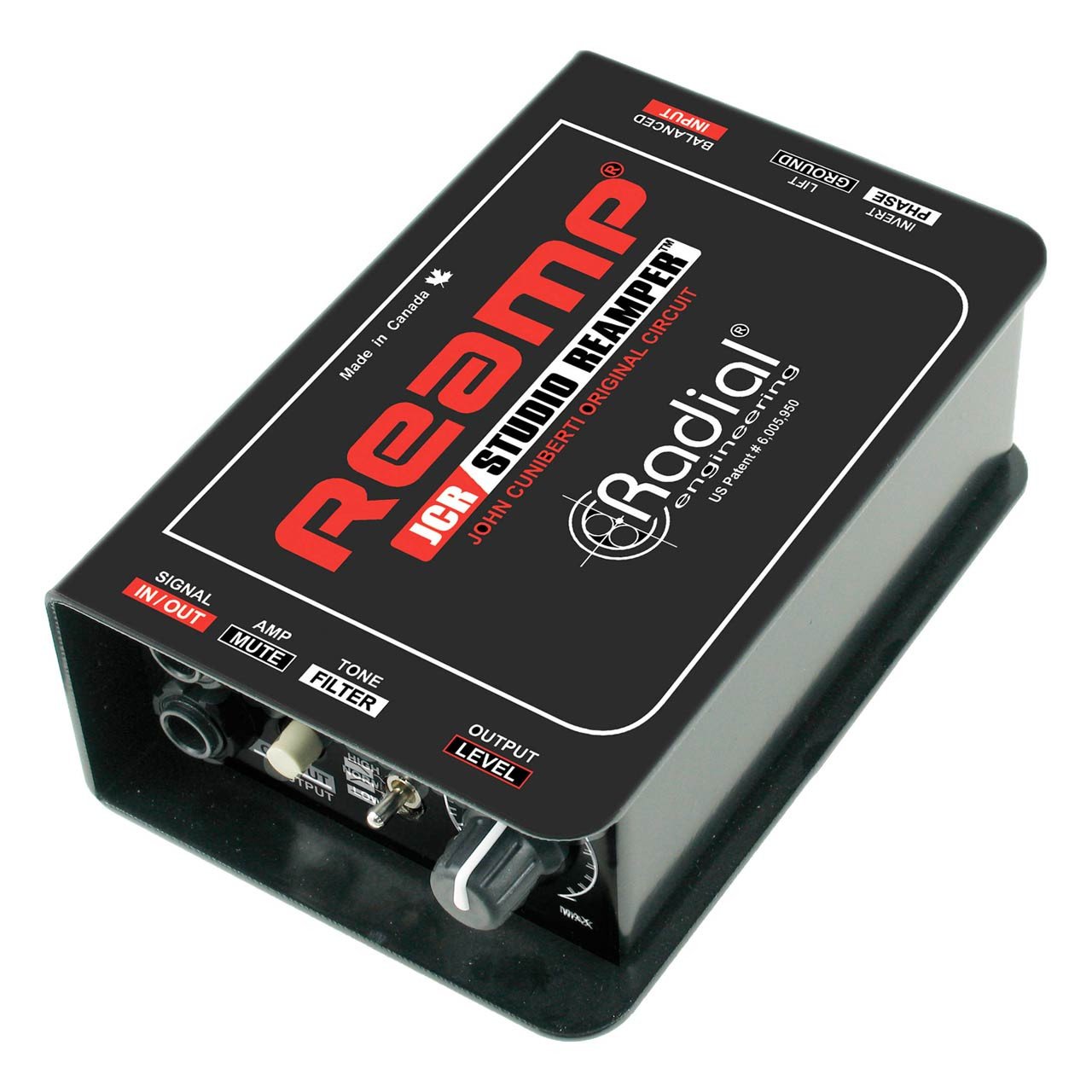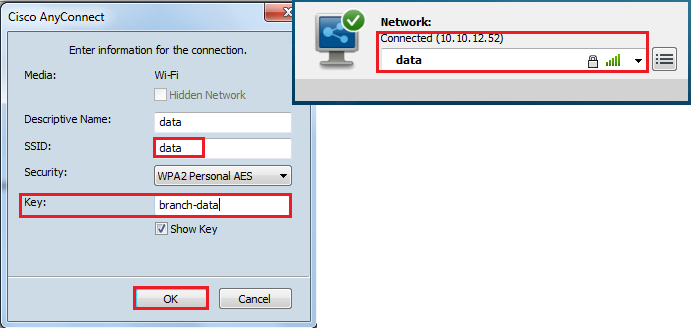

I have a lot of experience with Radial Reamp devices and DI boxes in general, and the Reamp Station more than lives up to its legacy-essentially, it just works.Īs mentioned above, the ground lift is essential when Reamping to eliminate grounding hum to the amp.Ī purist might ask, “Why would one want to alter the dry recorded tone sent to the amp?” I found the filter very handy, especially in chilling out the low-end resulting in a better midrange focus and thrust. This button keeps the signal robust and optimal for both. Anytime you send a signal directly to your DAW or mixer through the direct out and through to the amp simultaneously, you run the risk of loading down the impedance load from your passive pickups resulting in a less-than-optimal signal both recorded and sent to the amp. A great addition to the unit not often found on most DI boxes is a buffer button. The other side of the Reamp Station is a +48V phantom-power active direct box-which Radial knows a thing or two about-featuring a 1/4″ instrument input, a 1/4″ through (to go back to an amp with a rear-located balanced XLR direct out), a 180º phase flip button and there is a -15DB pad. There is also a front located 1/8″ TRS mini-jack so that you can feed the unit from a smartphone or tablet. In addition to the choice of balanced XLR, and 1/4″ Reamp inputs and the 1/4″ TS Reamp out, the Reamp Station adds a balanced 1/4″ link I/O that allows you to daisy-chain multiple Reamp Stations to easily feed multiple amplifiers. Not content to rest on its laurels, Radial also adds some features to the Reamp side of the Reamp Station. You also get a three-position filter with high and low cut options to tailor the signal going to the amp. There is a handy mute switch and a ground lift (essential in all of my Reamp experience). Just like the Radial JCR, there is a level control knob to dial in the perfect level for your amp. The Reamp side returns to John Cuniberti’s original passive circuit design-original custom wound USA-made transformer and all. Both circuits are housed in one of the company’s 1.98″ x 4.81″ x 5.84″ 14-gauge steel enclosures with a matte black powder coat finish.

As mentioned earlier, the Reamp Station is equal parts passive JCR Studio Reamper coupled with an active direct box. With the addition of these two new devices, there are now 10 distinct Reamp-capable boxes in the Radial line. However, Radial actually owns the trademark on the term-it’s similar to how we use the word Kleenex to refer to tissues. Then, recording that signal back in through a microphone and preamp. We tend to use the term “Reamp” to ubiquitously describe the process of sending dry recorded signals from our DAW (usually electric guitar and bass) back out through a specialized device into an amplifier. ReampĬanada’s Radial Engineering and Reamping are inextricably tied together. The compact Reamp HP is designed to make the Reamp process as straightforward as possible regardless of the audio interface with which it is paired it is designed to work with the headphone output.

The Reamp Station combines a Radial JCR Reamp box with one of the company’s active direct boxes (DI). The Reamp Station and Reamp HP are the latest additions to the Radial Engineering collection of Reamp-focused devices. Read the original review Here Radial Engineering Reamp Station and Reamp HP Two great new additions to the official Reamp family was originally published in the December 2022 issue of Recording Magazine.


 0 kommentar(er)
0 kommentar(er)
